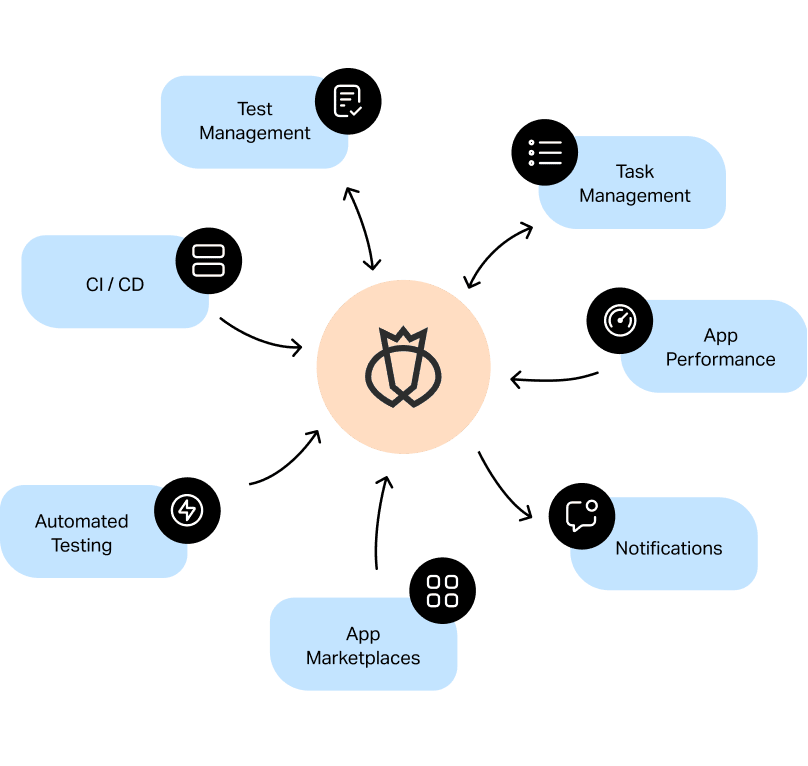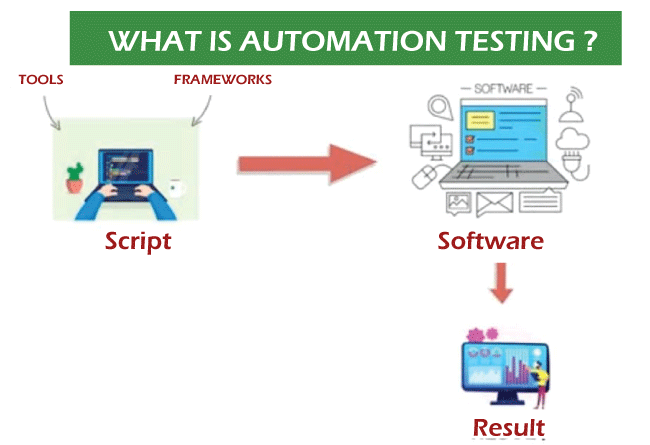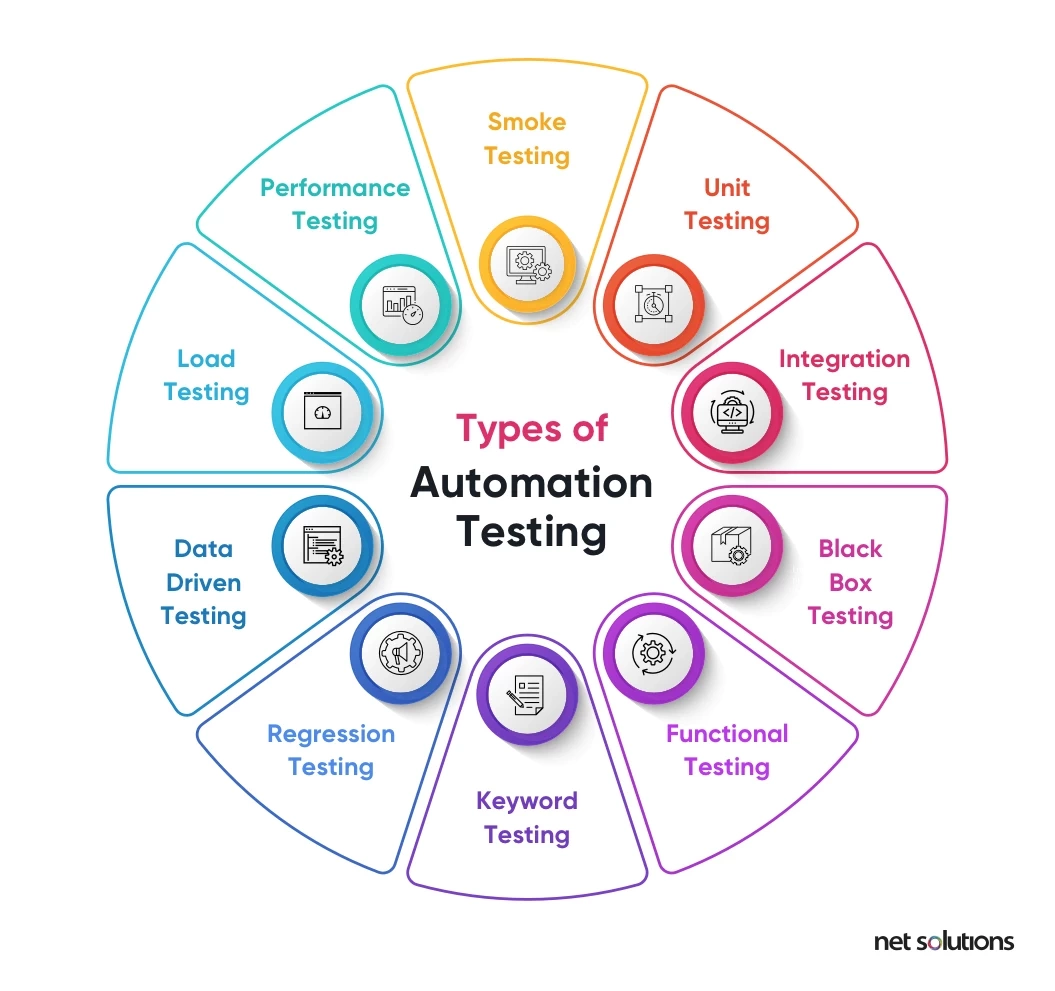Ensuring Success in Automation Evaluating: Key Metrics, Challenges, and Solutions Every QA Group Need To Know
In the realm of software application quality guarantee, the landscape of automation screening is ever-evolving, requiring a precise strategy to guarantee smooth procedures. Trick metrics serve as the compass guiding QA groups through the vast surface of test automation, clarifying progression and locations for improvement. Nonetheless, difficulties impend huge, usually casting darkness on the path to success. By recognizing these hurdles and implementing effective solutions, QA teams can navigate with intricacies with skill. The trip to grasping automation testing is paved with subtleties that call for a keen eye for monitoring, evaluation, and continual renovation. automation testing. As the industry thrusts onward, the quest for ideal efficiency in automation testing stays a consistent search, prompting QA groups to furnish themselves with the understanding and approaches essential for victory.
Significance of Key Metrics
Understanding the relevance of essential metrics is crucial for assessing the efficiency and effectiveness of automation screening procedures. Trick metrics offer as measurable actions that give valuable understandings into different aspects of the testing process, such as test protection, test implementation time, issue density, and test case efficiency. By evaluating these metrics, QA groups can determine bottlenecks, ineffectiveness, and areas for improvement within their automation screening framework.
One critical element of essential metrics is their capacity to track development and keep track of the general wellness of the screening process (automation testing). They make it possible for stakeholders to make enlightened decisions based on data-driven insights, which can result in more efficient screening techniques and better source allowance. Furthermore, essential metrics can help groups set sensible goals, gauge the success of automation efforts, and demonstrate the ROI of automation screening efforts

Usual Difficulties Encountered
Obstacles commonly experienced in automation testing processes can substantially influence the general efficiency and efficiency of QA groups. Among the significant obstacles is the selection of the ideal test instances for automation. Not all test cases are suitable for automation, and selecting the wrong ones can cause lost time and resources. In addition, preserving examination manuscripts can be a difficult job, especially as the application undergoes frequent changes. Examination script upkeep needs constant updates and modifications to ensure they reflect the existing capability precisely. One more common obstacle is the first financial investment needed for establishing up automation frameworks and tools. This can be an obstacle for some organizations, especially smaller sized ones with restricted budget plans. Automation screening might not cover all facets of testing, such as usability and individual experience screening, which still call for hands-on intervention. Overcoming these obstacles needs correct preparation, tactical test case choice, robust upkeep procedures, ample resources, and a clear understanding of the restrictions of automation screening.
Efficient Solutions for Challenges
To resolve the challenges run into in automation testing, applying effective services is important for improving the performance and performance of QA groups. One key option is to purchase robust training programs for QA teams to ensure they have the required skills to effectively make use of visit this web-site automation devices. Training can connect expertise spaces, improve understanding of automation structures, and improve scripting capacities, ultimately causing more efficient examination production and execution.
Another important service is to establish clear communication networks within the QA group and with various other stakeholders, such as programmers and job managers. Effective interaction assists in lining up expectations, sharing progress updates, and immediately resolving concerns or obstructions that may occur during the automation testing process.

Tracking and Analysis Techniques
Implementing reliable surveillance and evaluation techniques is crucial for guaranteeing the success and performance of automation testing procedures. Additionally, assessing test outcomes and metrics gives valuable insights into the quality of the software application being tested and the effectiveness of the testing approach.
One secret technique in monitoring and analysis is using control panels that settle appropriate metrics and KPIs in a visually accessible format. These dashboards go to the website supply a comprehensive introduction of examination implementation condition, examination coverage, flaw trends, and other vital info. Regularly reviewing and examining these dashboards can help QA teams make informed choices, focus on jobs, and maximize screening initiatives.
Moreover, applying automated notifies and notifications based on predefined limits can enhance aggressive surveillance and prompt intervention. By setting up notifies for performance deviations or examination failings, groups can address concerns without delay and prevent them from escalating. Overall, tracking and analysis techniques play an essential duty in making certain the efficiency and success of automation testing efforts.
Constant Improvement Strategies
Enhancing the efficacy of automation screening processes demands the constant improvement of techniques and methods. Continuous improvement approaches are crucial for QA teams to adjust to evolving technologies and deliver discover here top quality software application items. One crucial technique to boosting automation screening processes is to perform regular reviews and retrospectives. By examining previous screening cycles, groups can recognize bottlenecks, inadequacies, and areas for improvement. Executing responses loops and integrating lessons discovered right into future screening frameworks can generate significant improvements in time.

Verdict
In final thought, it is vital for QA teams to comprehend the vital metrics, challenges, and services in automation screening to make sure success. By thoroughly monitoring and analyzing information, implementing effective services to typical obstacles, and continuously improving strategies, QA teams can enhance their testing processes and deliver high-grade software. Following these practices will inevitably lead to more efficient and reliable automation testing methods.
By assessing these metrics, QA teams can recognize bottlenecks, ineffectiveness, and areas for enhancement within their automation testing framework.
Additionally, essential metrics can aid groups set sensible objectives, determine the success of automation efforts, and show the ROI of automation screening initiatives.
Challenges frequently run into in automation screening processes can significantly influence the overall efficiency and performance of QA groups. Automation testing may not cover all elements of testing, such as usability and customer experience screening, which still call for hand-operated treatment.In verdict, it is vital for QA teams to comprehend the vital metrics, obstacles, and options in automation screening to make sure success.